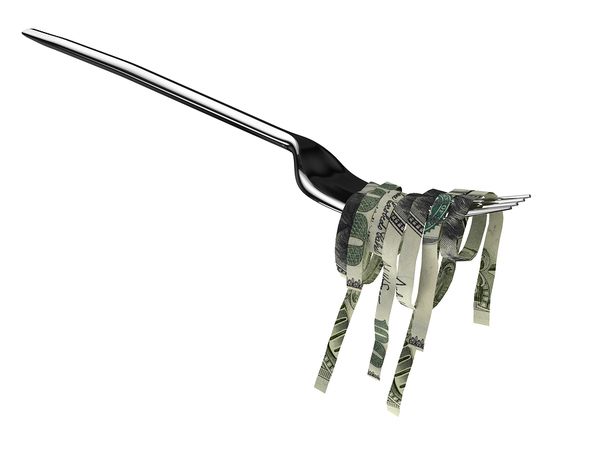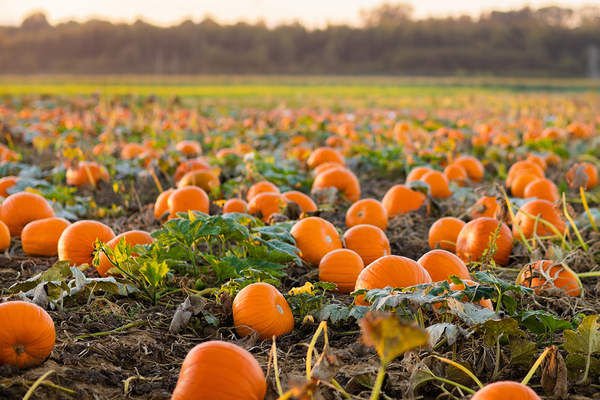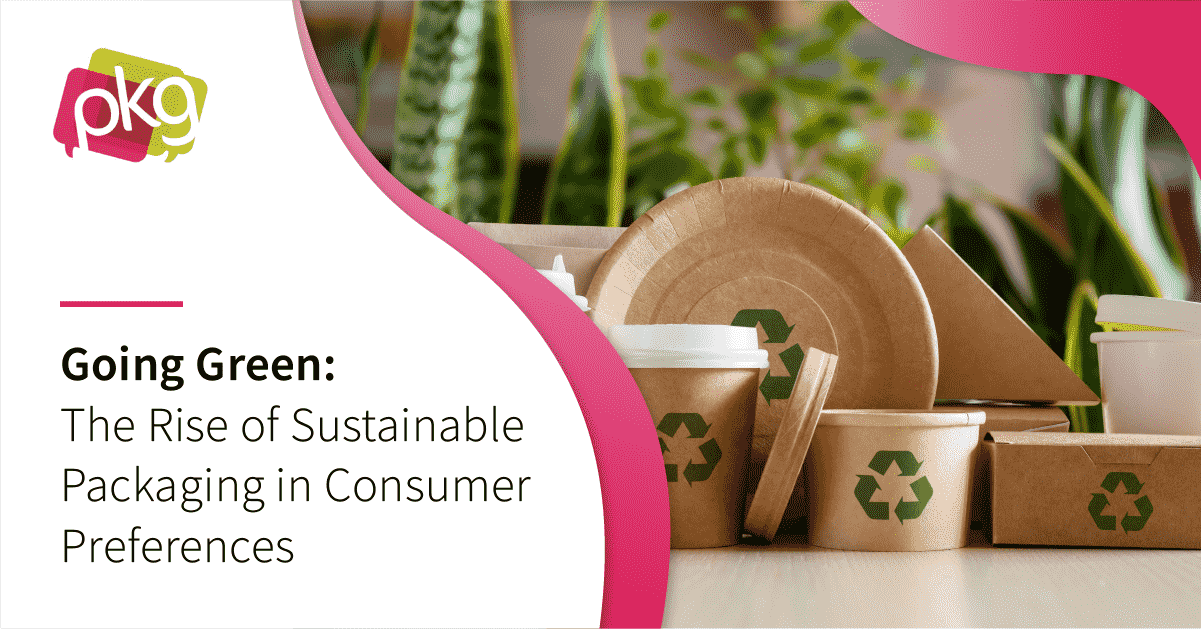Nobody likes wasting food, but in some cases, it is all but unavoidable. Food waste is any raw or cooked food, whether solid or liquid, which is discarded, or intended or required to be discarded. It is generated throughout the processing chain, from harvest through processing, handling, storage, transport, cooking, and serving.

Food waste is expensive, and not only in economic terms.
Consumer and residential waste is a big part of the food waste problem in the United States, but steps are being taken all along the food value chain to help minimize waste; in some cases consumers themselves decide to tackle the problem on an individual or local level.
According to a 2012 study by the Grocery Manufacturers Association (GMA) and the Food Marketing Institute (FMI), 39.7 million tons per year of food are wasted – sent to a landfill or incinerated post-harvest. Residential food waste accounts for an astounding 44 percent of food waste, with restaurants accounting for one-third, grocery stores accounting for 11 percent, institutional entities responsible for 10 percent, and manufacturers responsible for 2 percent. The good news is that 21 million tons per year of unwanted food are diverted and not wasted. Some is distributed for human consumption, and some is diverted to animal feed. There is plenty of room for improvement, however. Download this guide to get one of the most up to date and well-researched guides that gives you some alarming insights into how we deal with food, and how much we waste.
Economic, Social, and Environmental Impact of Food Waste
From an economic point of view, few industries can afford losses of over one-quarter of production, so there are definite economic incentives for the food industry to tackle food waste. Socially, food insecurity affects almost 50 million Americans, and diversion can help prevent food from going to waste if it can be delivered to people who need it. Environmentally, when food goes to waste, so do all the resources required to produce, package, store, and transport it. Food packaging design can actually make a measurable positive difference when it comes to food waste.
Food Packaging Prevents Resource Loss Throughout the Value Chain
Sustainable materials management can help food packaging design play a role in avoiding food waste throughout the value chain. From delivering seeds to farmers, to transporting harvested produce to market, to keeping perishable foods fresh, to helping consumers store and use food products efficiently, food packaging design has the potential to prevent significant loss of resources along the value chain.
Food Packaging Design Opportunities in Agricultural Production and Post-Harvest

Opportunities to prevent food waste begin as soon as food is harvested.
In the agricultural and post-harvest phase of food production, better packaging functionality and easier food recovery are major ways in which food packaging design can help prevent waste. Better food protection, ventilation, and temperature control, combined with packaging that meets retail quality specs help ensure less food is damaged, and that surplus and unsaleable produce is easily redirected (to food rescue organizations, for example).
Food Packaging Design Opportunities in the Processing Stage
Processing and packaging presents many opportunities to avoid waste. For example, choosing the simplest fit-for-purpose packaging achieves both economic and environmental savings. Packaging design can also help pre-packaged foods withstand distribution better and avoid perishability problems. Packaging materials can help extend shelf life, and when packages are designed to cater to smaller households, these households will tend to waste less food.
Food Packaging Design Opportunities in Wholesale and Retail Distribution
Understanding and tracking supply chain losses can help food manufacturers identify sources of food waste during distribution – including packaging problems that cause waste. Better systems forecasting of demand, and better sharing of data on sales and stock levels can help synchronize the value chain more efficiently, so that stock turns over on schedule, reducing waste. Shelf-ready packaging, as opposed to retail-ready packaging, improves operational efficiencies at the store level.
Sustainable food packaging design, particularly when it helps protect food better during its journey from farm to table, can go a long way toward preventing food waste. Packaging design can affect whether food is wasted between harvest and packaging, during transport, once it arrives at the supermarket, and after it goes in a consumer’s pantry. There is no question that packaging can be environmentally responsible and still provide the protection and shelf life that food needs. And any steps that help reduce food waste result in economic, social, and environmental benefits.
 |
 |


-min-2.png)




